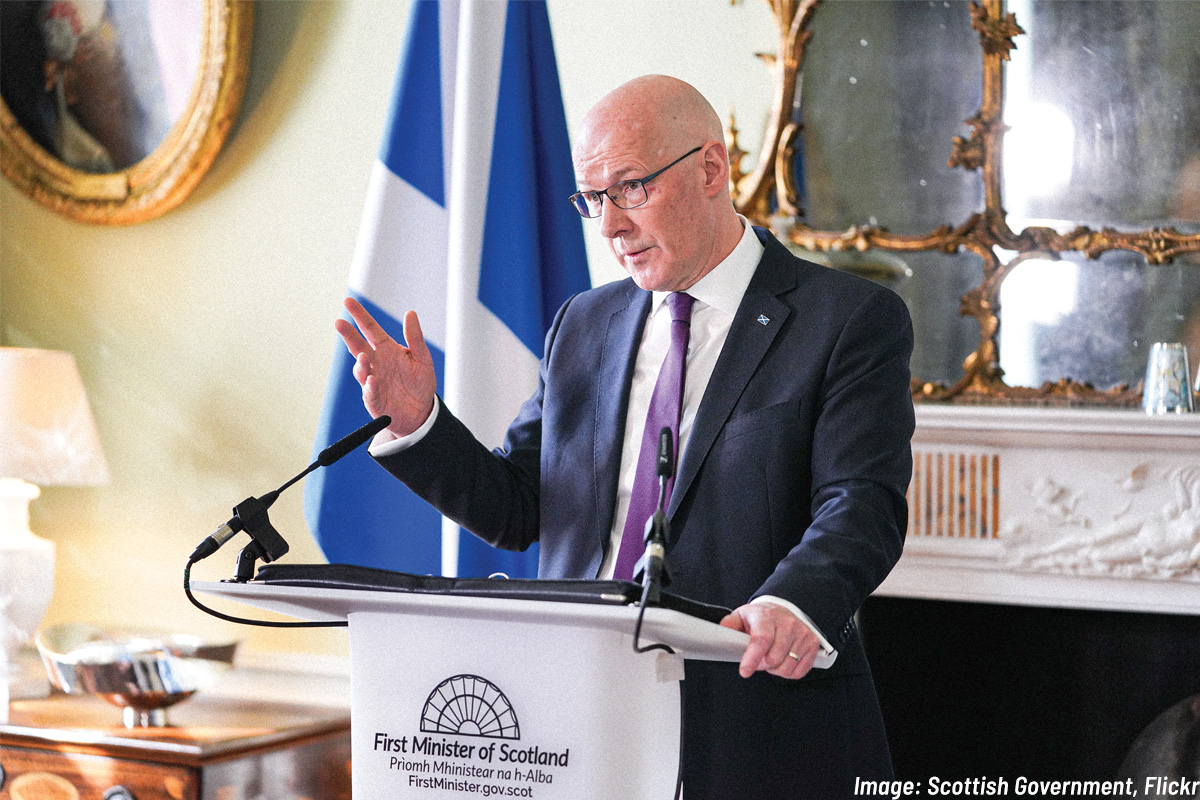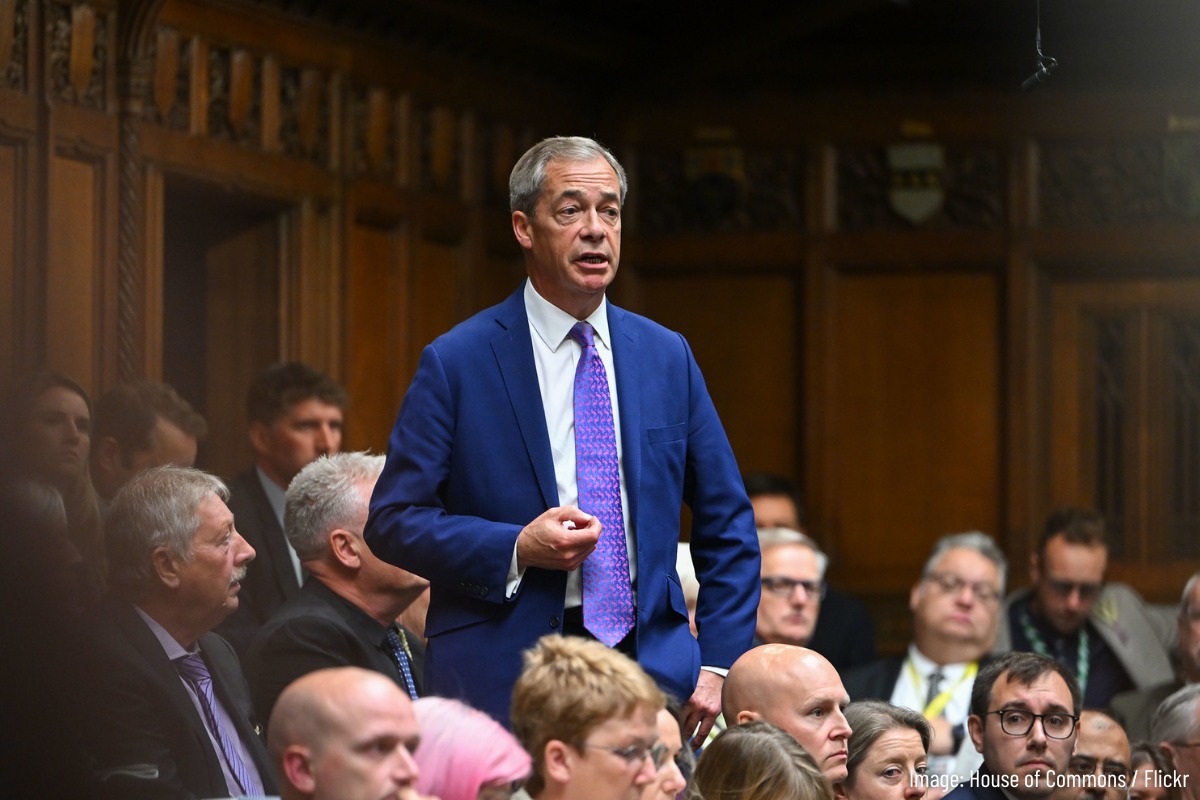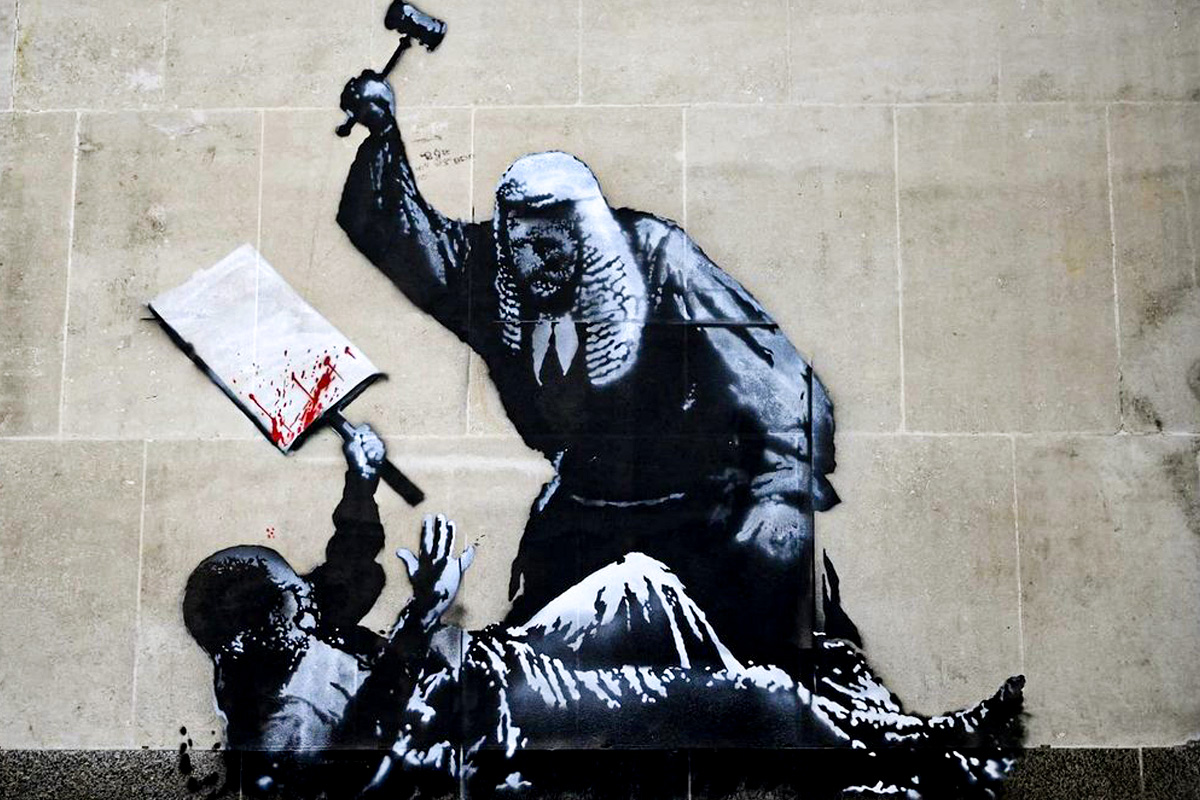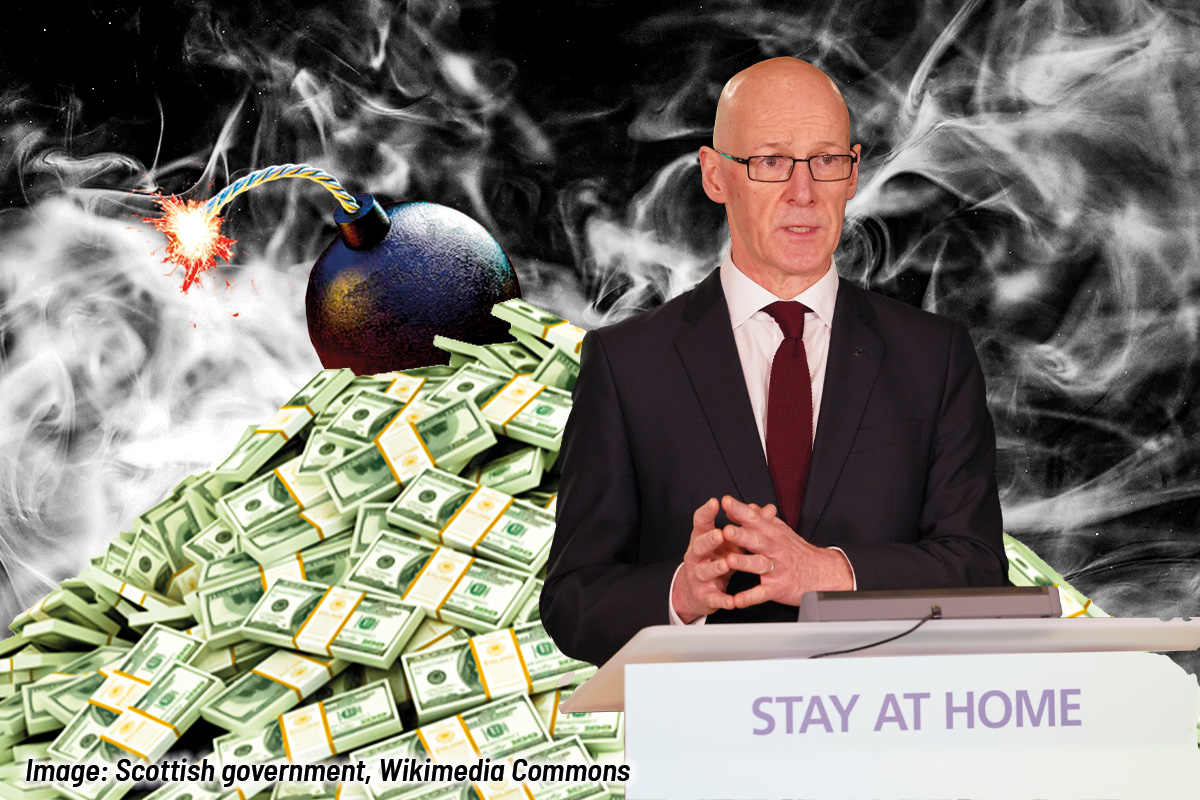Last month’s Scottish Parliament by-election in Hamilton and Larkhall delivered a surprise win for Labour, stinging the Scottish National Party (SNP) just as they were hoping to show an electoral comeback.
This shock serves as a reminder that, although the SNP have picked themselves up off the floor after a disastrous series of crises last year, all is not well.
First Minister John Swinney was hoping that the fight in Hamilton would redeem the SNP’s loss in a similar by-election in the same area in September 2023, when support for his party collapsed, handing an easy win to Labour.
Unfortunately for him, however, the vote in June this year was almost an exact repeat, with Labour’s vote declining slightly (-2 percent), but enthusiasm for the SNP dropping significantly enough (-17 percent) to produce a loss.
Hamilton Larkhall & Stonehouse Scottish Parliamentary By-Election Result:
🌹 LAB: 31.6% (-2.0)
🎗️ SNP: 29.4% (-16.8)
➡️ RFM: 26.1% (New)
🌳 CON: 6.0% (-11.5)
🌍 GRN: 2.6% (New)
🔶 LDM: 2.0% (-0.8)
🔴 SSP: 1.0%
👨👩👧👦 SFP: 0.8%
🙋 Ind: 0.4%
💷 UKIP: 0.2%Labour GAIN from SNP.
— Election Maps UK (@ElectionMapsUK) June 6, 2025
Though the opinion polls still have the SNP as the most popular party in Scotland, they are still vulnerable.
The battle for votes in Hamilton was also the first test for Nigel Farage’s Reform UK in Scotland. Having gained a number of councillors from defecting Labourites and Tories, and rising in the polls to third or even second place, Reform were painted as the ones to beat by both SNP and Labour.
Coming in third place with 26 percent of the vote, Reform may not have taken the seat, but they gained a level of support above what polls have predicted so far. Had Reform been able to absorb the remainder of the plummeting Tory vote, they could have won.
Appeals from both the SNP and Labour to reject Farage’s populism have clearly fallen flat. In fact, Swinney’s attempt to paint the election as an SNP-or-Reform ‘two-horse race’ possibly backfired, encouraging voters who want to see the back of the SNP to turn out for opposition parties.
My column @Daily_Record with a message that only a vote @theSNP on Thursday will defeat Nigel Farage in Hamilton, Larkhall and Stonehouse. 👇 pic.twitter.com/i7bcWvATUI
— John Swinney (@JohnSwinney) June 2, 2025
Liberal arrogance
The results have provoked consternation within the SNP, as one would expect. Since the start of this year they have portrayed Reform as a singular threat to “democracy” and “Scottish values”.
They have tried to put themselves forward as the bulwark against the “far right”, and are trying to pull other parties, trade unions, and campaign groups behind the Scottish Government. This establishment coalition, however, has so far faltered.
Fear-mongering about Farage has not made anybody forget the managed decline of Scotland that the SNP have presided over for the past 18 years. For poor, working-class towns like Hamilton and Larkhall, the oppositional stand of Reform has genuine appeal, and only increases when all the establishment parties club together to condemn them.
We will never copy Farage – we will confront him, and put your priorities first.
Only the SNP can stop him in Hamilton, Larkhall and Stonehouse.
It was good to grab a coffee and chat about tomorrow’s election with @PoliticsJOE_UK. Watch it here: https://t.co/1KwMHiWQBB pic.twitter.com/9ie8PtAm2q
— John Swinney (@JohnSwinney) June 4, 2025
The question for the SNP now is whether they dig in on this liberal arrogance, or prepare another strategy ahead of the Scottish General Election in May 2026.
In a “fractious” meeting with members of Scottish Parliament, Swinney apparently defended the anti-Reform campaign, while other SNP politicians pointed out its failure and anxiously insisted that more needed to be done to win back support.
Little to offer
Likely in response to these demands, the First Minister has begun to speak of “national renewal”. In a speech which frankly admitted many of the failures and difficulties the Scottish Government has faced, Swinney pointed to a major shake-up in how public services are delivered, with a focus on efficiency, foresight and outcomes.
What these reforms seem to amount to so far is a vague commitment to use more “technology” in the NHS, more dependence on charities and the private sector, and the prioritisation of long-term financial stability.
Under the SNP, Scotland’s NHS will always be in public hands, free at the point of use. That is non-negotiable.
But as the world changes fast, our public services must adapt – more joined up, digital and preventative.
Helping you get support earlier, where you need it. pic.twitter.com/V7VKPEMY6U
— John Swinney (@JohnSwinney) June 18, 2025
In essence, it is not so different from the agenda of Chancellor Rachel Reeves – though it wisely avoids putting unpopular tax rises and benefits cuts front-and-centre.
Additionally, internal pressure has begun to build in the SNP for some action on the Scottish independence campaign, which was suspended indefinitely after Swinney took office.
Many rank-and-file activists – even those who have resigned their SNP membership – still look to the SNP leaders to keep independence on the agenda, even as the Scottish Government more-or-less renounces the possibility.
We are focusing on your priorities – scrapping peak rail fares, restoring winter fuel payments, improving our NHS.
But the best way to harness Scotland’s wealth and build a fairer future is with independence.
That’s the vision of hope that we must deliver. 🏴 pic.twitter.com/BqGFs3hsdA
— John Swinney (@JohnSwinney) June 8, 2025
Despite all this, the SNP still have a strong chance at staying in power next year, with national support fairly stable, albeit on a lower level than previous years, and opposition to them divided between Labour, Tory and Reform.
None of these capitalist parties draw any particular enthusiasm, however, and a wrong move from the party in power could easily upset the balance in favour of the opposition.
Voir cette publication sur Instagram





